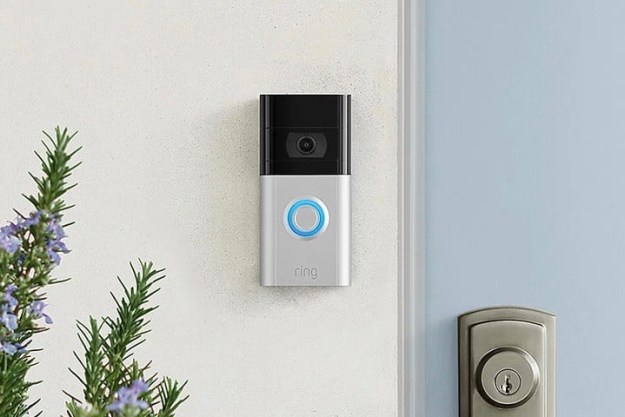Amazon Alexa has become a common household item. People across the country say “Hey, Alexa,” as an unconscious reflex, and it’s easy to see why. At last count, Alexa has more than 40,000 different skills that allow the smart assistant to do everything from ordering more paper towels to streaming NFL games on your television. Some of these skills are official, while others have been made by users.
Now, Amazon has announced a new set of skill blueprints that add even more functionality to the system. Alexa Skill Blueprints are easy, fill-in-the-blank patterns that let anyone create skills for Alexa. All users have to do is apply any one of the more than 30 templates in order to program any skill they need.
These new skills include:
Chore Chart — Make an easily trackable list of tasks for every member of the household. As soon as someone completes a task, they can inform Alexa and she will automatically mark it off. Daily chores can be read off, and you can check a running score of who has completed the most chores during the week.
Whose Turn — This skill takes a list of names and tells Alexa to choose one at random. It’s a useful way for determining whose turn it is to do the dishes, take out the trash, or choose a movie for movie night.
Roommate — When you move in with someone new, it can be tough to keep track of individual rules and particular pet peeves. The Roommate skill makes it easy for you to list out information like the Wi-Fi password, what day the trash goes out, and who pays what bill. It can also be a good way to track ownership, especially of smaller items like kitchen gadgets.
What to Do — Much like Whose Turn, the What to Do skill asks Alexa to choose an activity. You create a list of movies, music, games, and activities, and when you ask
These new skills are now available to all customers. Chore Chart, Whose Turn, and Roommate launched in the United States on Wednesday, August 29, while What to Do launched earlier in the month. Check out the Alexa app to find even more blueprints or even to create your own.
Editors' Recommendations
- Dyson’s new AR mobile app shows where you forgot to clean
- What to do if your Amazon Alexa app is not working
- Google rolls out new Nest Cam features to Google Home for web
- The 6 best Echo Hub tips and tricks
- Red, green, flashing: What do my Shark vacuum’s lights mean?




